Making stuffed animals can seem like a magical process, but have you ever wondered which stuffed animal is actually the easiest to create? Whether you’re a beginner DIYer or a factory owner looking to streamline production, understanding what makes a stuffed animal easy to make is key to saving time, reducing costs, and achieving great quality.
The easiest stuffed animals to make are typically those with simple shapes, minimal parts, and straightforward stitching, such as classic teddy bears or basic geometric animals. Choosing soft, manageable materials and limiting intricate details helps simplify the process from cutting to assembly and stuffing.
Imagine a small craftsperson sewing their first plush bear in a cozy studio or a factory line speeding up production of basic animal shapes for a big order. Both rely on simplicity and smart design. In this guide, we’ll break down the factors that define ease of making stuffed animals and reveal practical insights to help you create or produce them efficiently. Ready to dive in?
1. What Factors Determine the Ease of Making a Stuffed Animal?
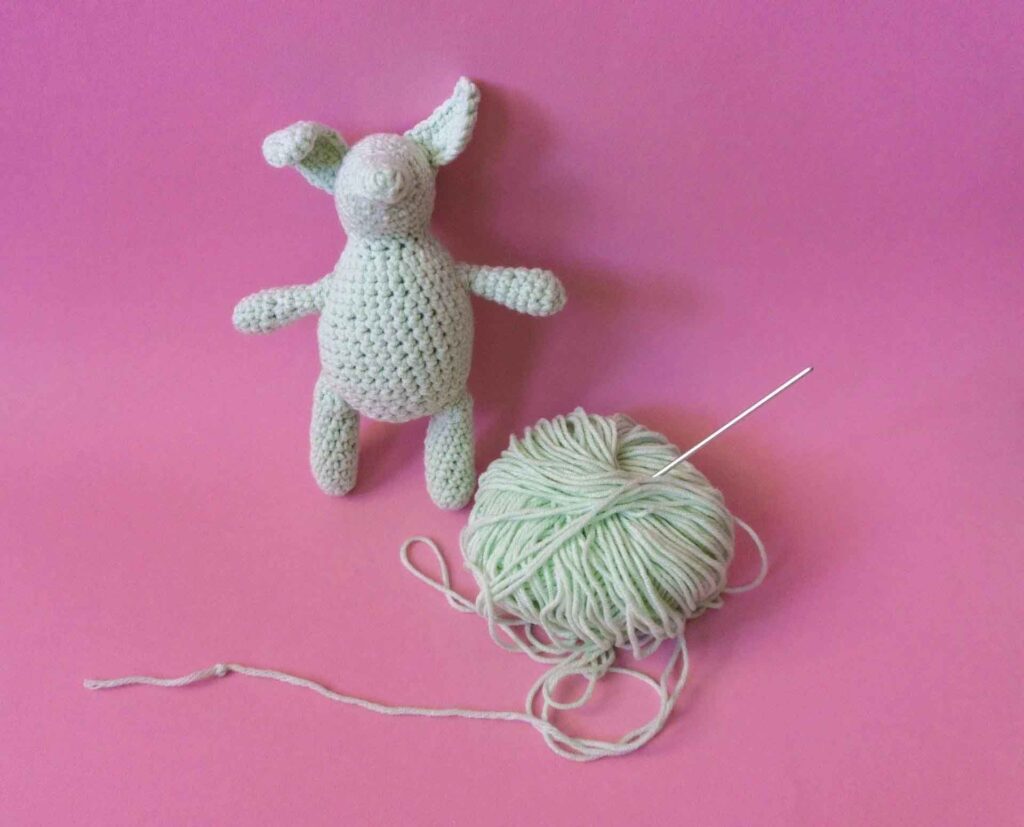
Ease depends on materials, design complexity, size, and production methods, all influencing time and skill required.
- Material Selection: Fabrics like fleece or cotton with simple stuffing make handling easier than specialty textures. For example, smooth polyester is easier to sew than fluffy faux fur, which can tangle sewing machines.
- Design Complexity: The fewer the parts and simpler the shape, the easier it is to assemble. Complex animals with many limbs, tails, or facial features increase stitching and alignment difficulty.
- Size and Scale: Smaller stuffed animals may be quicker to finish but require precision; larger ones demand more stuffing and fabric, potentially complicating handling.
- Production Equipment & Skill: Factories with advanced sewing machines and skilled workers speed up production; beginners might struggle with complicated designs or specialty materials.
- Настройка Needs: Adding embroidery, patches, or accessories can increase complexity but enhance product appeal, so balance is crucial.
By critically assessing these factors, you can choose or design stuffed animals that balance simplicity with quality and customization. For instance, a simple bear shape with minimal facial details suits mass production and beginner sewing, while detailed cartoon characters may need advanced skills and time.
| Фактор | Описание | Example/Notes |
|---|---|---|
| Выбор материала | Fabrics like fleece or cotton with simple stuffing are easier to handle than specialty textures. | Smooth polyester easier to sew than fluffy faux fur, which tangles machines. |
| Сложность конструкции | Fewer parts and simpler shapes make assembly easier; complex features increase difficulty. | Many limbs, tails, or facial features require more stitching and alignment. |
| Size and Scale | Smaller toys are quicker but require precision; larger toys need more stuffing and fabric handling. | Large plush may complicate stuffing and sewing. |
| Production Equipment & Skill | Advanced machines and skilled workers speed production; beginners may struggle with complex designs. | Factory machines vs. beginner sewing skill levels. |
| Customization Needs | Embroidery, patches, and accessories add complexity but improve product appeal. | Balance customization with ease of production. |
2. Which Types of Stuffed Animals Are Generally the Easiest to Make?

Simple, classic animals like teddy bears or basic geometric shapes are easiest due to minimal parts and straightforward construction.
- Classic Teddy Bears: These have been a staple for over a century because their round shapes and few limbs simplify pattern cutting and stitching. Their familiar look means fewer detailed features.
- Basic Geometric Animals: Animals designed with simple shapes—like balls, cubes, or cones—are easier to sew and stuff because their parts align easily and require less finishing.
- Minimal Feature Animals: Designs that use embroidered eyes and noses instead of plastic parts or sewn-on details reduce assembly steps and safety concerns.
- Limited Limb Count: Animals with fewer appendages reduce sewing and stuffing complexity—consider a whale or snake shape with no legs or arms.
- Flat or Pillow-Style Plush: These are essentially sewn flat with stuffing and require minimal shaping, ideal for beginners or quick production runs.
For example, a small snake plush shaped like a soft tube requires only two pieces of fabric sewn and stuffed, making it extremely beginner-friendly and cost-efficient for factories.
| Тип чучела животного | Описание | Example / Notes |
|---|---|---|
| Классические мишки Тедди | Round shapes with few limbs simplify pattern cutting and stitching; fewer detailed features. | A timeless design easy for mass production. |
| Basic Geometric Animals | Simple shapes like balls, cubes, or cones; easy alignment and minimal finishing needed. | Examples: ball-shaped or cone-shaped plush toys. |
| Minimal Feature Animals | Use embroidered eyes/noses instead of plastic parts to reduce assembly steps and safety concerns. | Safer and quicker to produce, ideal for children’s toys. |
| Limited Limb Count Animals | Fewer appendages reduce sewing and stuffing complexity. | Examples: whale or snake plush with no arms or legs. |
| Flat or Pillow-Style Plush | Sewn flat with stuffing; minimal shaping required. | Great for beginners and fast production. |
3. How Does Material Selection Impact the Difficulty of Making Stuffed Animals?
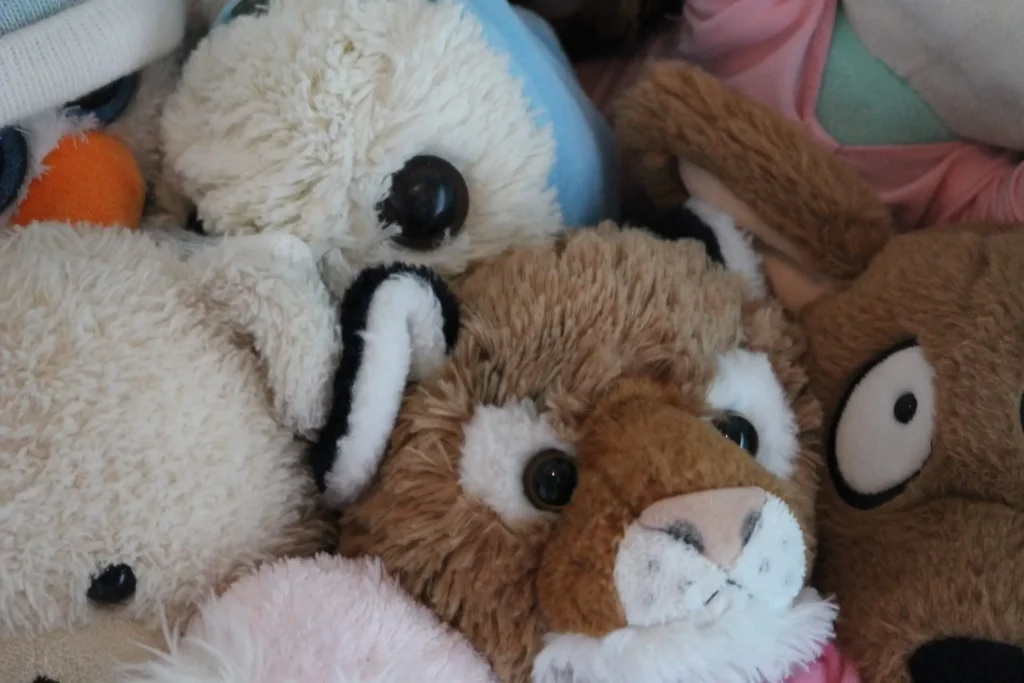
Materials like smooth cotton or polyester fleece are easier to sew and stuff, while specialty or eco-friendly fabrics may increase difficulty but add value.
- Fabric Type: Smooth, non-stretch fabrics reduce sewing machine jams and improve accuracy. Faux fur or shaggy fabrics require trimming and careful handling.
- Filling Material: Polyester fiberfill is standard for ease and cost-effectiveness. Natural fillings like wool or cotton batting can be eco-friendly but may complicate stuffing and cost more.
- Eco-Friendly Materials: Sustainable fabrics (e.g., organic cotton, recycled polyester) are trending but may require different handling or have limited supply, affecting ease and cost.
- Fabric Thickness: Thinner fabrics are easier to manipulate but may lack durability; thicker fabrics require stronger machines and can be harder to sew cleanly.
- Material Availability and Cost: Factories often balance ease with cost and customer demand—cheaper, easy-to-handle fabrics speed production but may reduce premium appeal.
A small factory might choose standard polyester fleece to maximize speed, while a boutique maker might opt for organic cotton for an eco-conscious market despite extra care needed.
| Material Factor | Impact on Difficulty | Example / Notes |
|---|---|---|
| Fabric Type | Smooth, non-stretch fabrics reduce machine jams and improve sewing accuracy; shaggy fabrics need trimming. | Polyester fleece easier than faux fur which requires careful handling. |
| Filling Material | Polyester fiberfill is easy and cost-effective; natural fillings (wool, cotton) are eco-friendly but harder to stuff. | Wool stuffing adds eco value but complicates the stuffing process. |
| Экологически чистые материалы | Sustainable fabrics (organic cotton, recycled polyester) may require special handling and have limited availability. | Boutique makers prefer organic cotton despite handling challenges. |
| Fabric Thickness | Thin fabrics are easier to handle but less durable; thick fabrics need stronger machines and careful sewing. | Thick fabrics increase sewing difficulty but improve longevity. |
| Material Availability & Cost | Cheaper, easy fabrics speed production but may reduce product’s premium appeal; factories balance both factors. | Standard polyester fleece chosen for efficiency in mass production. |
4. Is Hand-Making or Machine Production Simpler for Beginners?
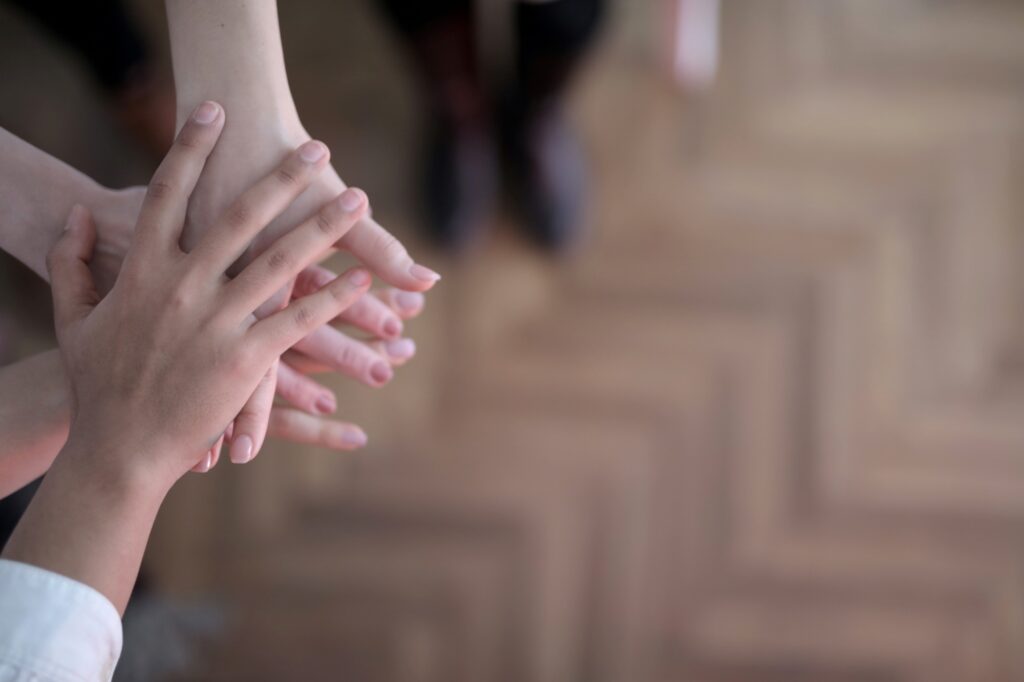
Machine production offers efficiency and consistency, but hand-making allows flexibility and is simpler for very small projects.
- Hand Sewing Pros and Cons: Great for customization and small runs; slower and requires patience. Beginners may find simple shapes manageable but struggle with tight curves or stuffing evenly.
- Machine Sewing Advantages: Industrial sewing machines drastically speed production and improve seam strength but require investment and skill to operate.
- DIY Kits: These kits simplify making stuffed animals at home by providing pre-cut parts and instructions, perfect for beginners and hobbyists.
- Automation and Technology: Factories increasingly use automated cutters, programmable machines, and robotics to streamline large-scale production of simple plush designs.
- Skill Development: Beginners hand-sewing can improve through practice, while factories benefit from training workers and refining designs to minimize errors.
For instance, a beginner hobbyist might enjoy sewing a pillow-style plush by hand, while a manufacturer producing thousands of teddy bears will rely on industrial machines for speed and uniformity.
| Production Method | Плюсы | Cons | Example / Notes |
|---|---|---|---|
| Hand Sewing | Allows customization, ideal for small runs; flexible and accessible for beginners. | Slower process; requires patience and skill for curves/stuffing. | Beginners may start with simple pillow-style plush toys. |
| Machine Sewing | Greatly speeds up production; provides consistent seam strength and quality. | Requires investment in equipment and operator skill. | Factories producing large quantities, e.g., thousands of teddy bears. |
| DIY Kits | Provide pre-cut parts and instructions; beginner-friendly and convenient. | Limited customization options. | Popular for hobbyists and home projects. |
| Automation & Technology | Enables large-scale, consistent production; reduces manual errors. | High initial cost; needs technical expertise to manage. | Used in factories for mass-producing simple plush designs. |
| Skill Development | Hand-sewing skills improve with practice; factories train workers to optimize production quality. | Beginners may face initial challenges; training requires time. | Continuous skill growth benefits both hobbyists and manufacturers. |
5. What Are the Common Challenges When Making Easy Stuffed Animals?
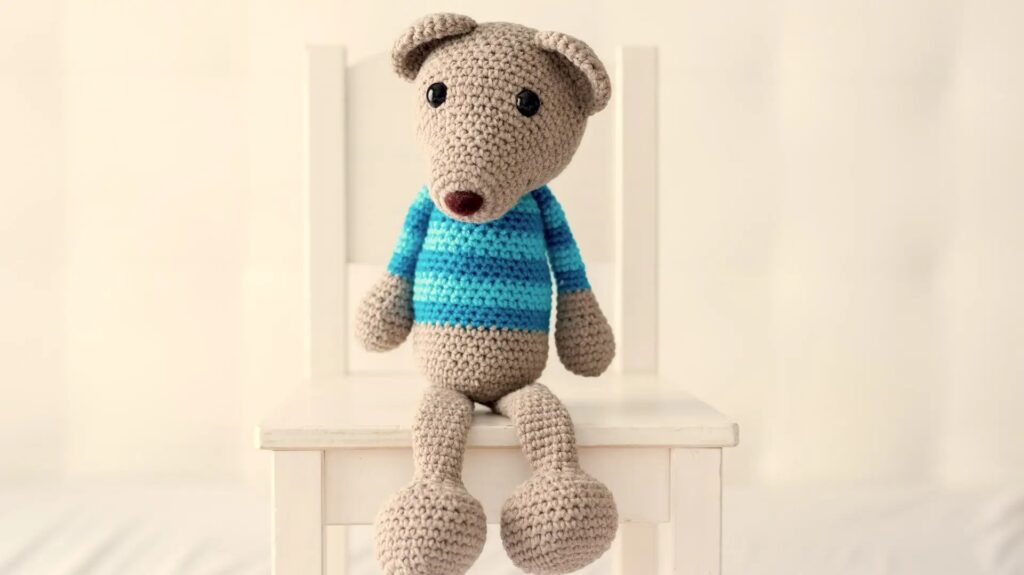
Common issues include uneven stuffing, weak seams, misaligned parts, and material fraying that can arise even in simple designs.
- Stuffing Evenness: Overstuffing or uneven stuffing leads to lumps and misshapen plush. Use stuffing tools or funnels to reach corners.
- Seam Strength: Simple designs still require double stitching or reinforced seams, especially on stress points like limbs or necks.
- Pattern Alignment: Misaligned parts (ears, eyes) affect the final look; using clear patterns and markers helps maintain symmetry.
- Material Handling: Fraying fabrics or slippery materials can complicate sewing and finishing; pre-treat fabrics or use stabilizers when needed.
- Safety Concerns: Even in simple toys, secure attachment of eyes and nose is essential, especially for children’s products.
A beginner might find their first plush ends up with floppy limbs or loose stuffing, but learning these challenges helps improve future projects. Factories use quality control to catch these defects before shipping.
| Common Challenge | Описание | Tips / Solutions |
|---|---|---|
| Stuffing Evenness | Overstuffing or uneven stuffing causes lumps and misshapen plush. | Use stuffing tools or funnels to fill corners evenly. |
| Прочность швов | Weak seams risk tearing, especially on stress points like limbs or neck. | Use double stitching or reinforce seams for durability. |
| Pattern Alignment | Misaligned parts (ears, eyes) affect appearance and symmetry. | Use clear patterns, markers, and careful pinning before sewing. |
| Material Handling | Fraying or slippery fabrics complicate sewing and finishing processes. | Pre-treat fabrics; use stabilizers or interfacing as needed. |
| Safety Concerns | Secure attachment of eyes and nose is critical, especially for children’s toys. | Use embroidery or safety eyes properly fixed to prevent hazards. |
6. How Can Manufacturers Optimize the Process to Make Stuffed Animals Easier to Produce?
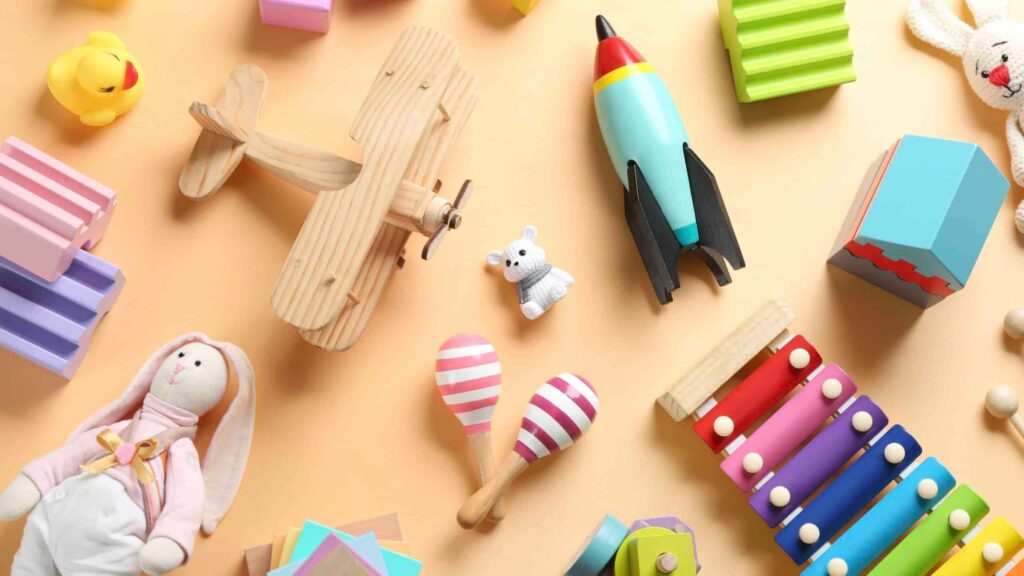
Simplifying designs, standardizing parts, investing in quality control, and adopting sustainable materials help improve ease and efficiency.
- Design Simplification: Reducing number of parts and limiting complex attachments shortens production time and lowers error rates.
- Standardization: Using common sizes, interchangeable parts, and batch cutting fabric minimizes waste and speeds assembly.
- Quality Control Systems: Regular inspection at every step prevents defects and reduces costly rework.
- Sustainability Integration: Selecting eco-friendly, durable materials appeals to customers and can streamline handling when well-sourced.
- Worker Training: Investing in skilled labor and clear SOPs improves consistency and speed, even for simple plush designs.
A practical example: A manufacturer producing teddy bears might standardize the limb and ear patterns across multiple sizes, allowing quick switching without retooling and maintaining quality.
| Optimization Strategy | Описание | Example / Benefits |
|---|---|---|
| Design Simplification | Reduce number of parts and limit complex attachments to shorten production time and reduce errors. | Simplified teddy bear design speeds up sewing and assembly. |
| Standardization | Use common sizes, interchangeable parts, and batch-cut fabric to minimize waste and speed up assembly. | Standardized limb and ear patterns across sizes reduce tooling changes. |
| Quality Control Systems | Implement regular inspections during production to catch defects early and reduce costly rework. | Early defect detection improves product reliability and customer satisfaction. |
| Sustainability Integration | Choose eco-friendly, durable materials that appeal to customers and can streamline production processes. | Organic cotton or recycled polyester enhances brand value and process efficiency. |
| Worker Training | Provide skilled labor training and clear SOPs to improve production consistency and speed. | Well-trained staff produce consistent quality with fewer errors. |
Заключение
Choosing the easiest stuffed animal to make depends on balancing design simplicity, material choice, production methods, and attention to quality. Classic shapes like teddy bears or simple geometric animals, made from easy-to-handle fabrics, are ideal for beginners and factories alike. With thoughtful design and efficient processes, even simple plush toys can be durable, attractive, and eco-friendly.
If you’re interested in producing customized stuffed animals tailored to your market needs, contact Kinwin today. Our advanced production capabilities, strict quality controls, and innovative design team are ready to help you bring your ideas to life with environmentally friendly materials and competitive pricing. Let’s create the perfect плюшевая игрушка that fits your vision and business goals!




